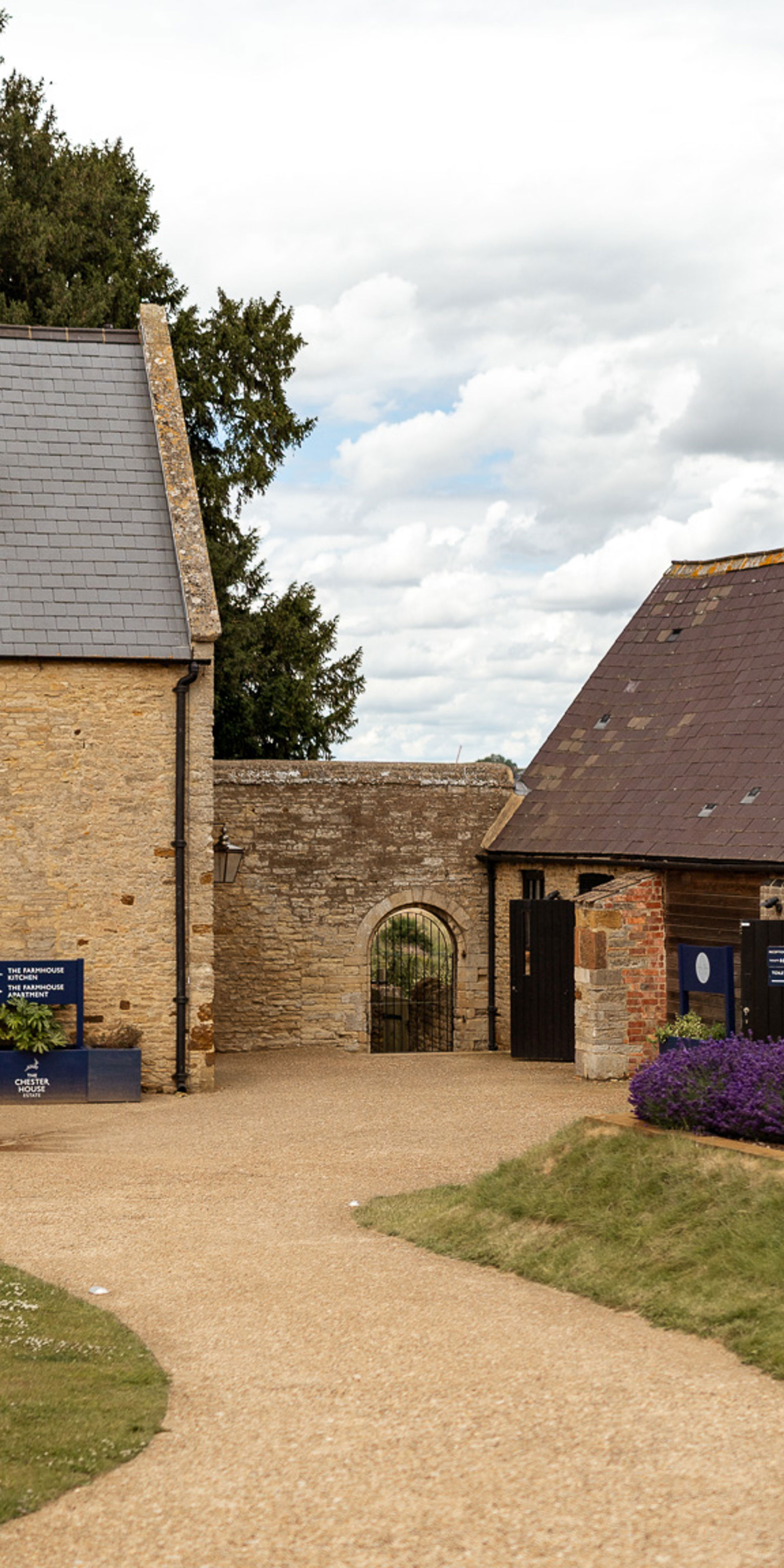Work Experience - Sophia
Irchester Fieldschool Excavation 2024 Part 1
My name is Sophia, I am a undergraduate student studying Archaeology at the University of Leicester. I am currently undertaking an internship at the Chester House Estate photographing and writing about the excavation.
It is the second week of the Irchester Field school excavation, everyone on site has been working hard, learning and getting stuck in. There is a wide range of tasks being undertaken by students and volunteers as well as others.
This entry aims to show what the site is like for the people uncovering the amazing history of The Chester House Estate.
The first day of the Field school began with Dr Jeremy Taylor and Prof. Sarah Scott of the University of Leicester explaining the history and importance of the site. Donald Clark of the University of Leicester Archaeological services (ULAS) then took the students and volunteers to the site, and showed them the different features of the site, part of the eastern suburb of the Roman town of Irchester and 3rd-4th century Roman cemetery.
Many of the students were from the University of Leicester, both campus and distance-learning students. The distance-learning students have come from all over the world, from Warwickshire to New York State, to gain practical experience in Archaeology. There are even some students who have come from the University of Seattle.
Some students already had experience on site at Irchester in the past, though for many it was their first experience on an archaeological dig, and a great opportunity to get hands-on involved with history.
Throughout their time at the Field school, both students and volunteers have been developing skills used on archaeological excavations, such as site photography, section drawing, artefact recovery amongst others.
Students were able to learn excavation techniques from both the professional archaeologists on site, and the experienced volunteers, many of whom have been volunteering at The Chester House Estate for up to a decade.
Heather, who is a distance-learning student, discovered a coin on her first day at this site! On the first day there was already many interesting finds being uncovered, such as another Roman coin identified as being the 3rd century in very good condition, and a metal belt buckle. Students at the site have a skills passport, in which they can track their experience and skills they have learned.
Volunteers at the site are incredibly important as they get involved with so many aspects of the excavation, from finds washing to giving tours and excavating Roman burials! The Volunteers here are extremely knowledgeable about the site, and have much experience and passion.
Many of the volunteers did not study archaeology beforehand but have gotten involved through community outreach projects. I got to speak to many of the volunteers about their experiences at The Chester House Estate and the Irchester Field school. One of the volunteers I spoke to was Carmel, who was washing finds discovered at the site, she stated that the site is ‘Such an important venue, The Chester House Estate has a fascinating archaeological history, everything from Mesolithic to post medieval, and offers opportunities to a wide range of people, we are incredibly lucky to have it’.
Another Volunteer I spoke to, Frances, was excavating a Roman burial. Frances discussed her decade of volunteering, saying she ‘enjoys the tactile side, it’s a unique opportunity to do hands on activities, it’s like touching history’.
Students at the dig come from many different backgrounds and levels of experience, Kayleigh, a distance-learning student enjoying her first time on an archaeological site, says that she ‘enjoys learning the different techniques, doing context sheets and getting hands on involved but also being able to meet other distance-learning students, and talking with people with similar interests’. Elsa, another student from the University of Leicester discusses their time at the excavation saying they ‘appreciate socialising with more experienced people, such as the volunteers, on a site worth digging’. Edward, who was excavating a wall alongside Elsa, stated that he enjoys the Medieval history of the site, as-well as the Roman. Christie, who travelled to the site from New York State, discovered a dog skull alongside a bowl at the dig. Christie says she enjoys excavating as it is a ‘tangible experience, directly interacting with history’ and that digging is like ‘a puzzle, painting a picture of the past’.
While the volunteers and students are hard at work, guided by professional archaeologists, excavating the site, visiting members of the public and schools are shown around the site. This allows as many people as possible to learn about the archaeology of the site.
Graham, a ULAS archaeologist is one of the people running the activities for schools says that ‘while there is, in general, a strong public interest in archaeology, it can be difficult for people to connect with traditional academic and media depictions of archaeological research.
The collaborate work we’re doing at The Chester House Estate, has helped us to connect with local people, primarily school children and a range of volunteers. The unique proximity of Irchester Roman Town, its museum, the ARC, and the estate itself really showcases the enthusiasm and delight of the public when they are able to experience the archaeology and human history of the area, they can see themselves as a part of the story and their excitement with archaeology becomes more personal’.


